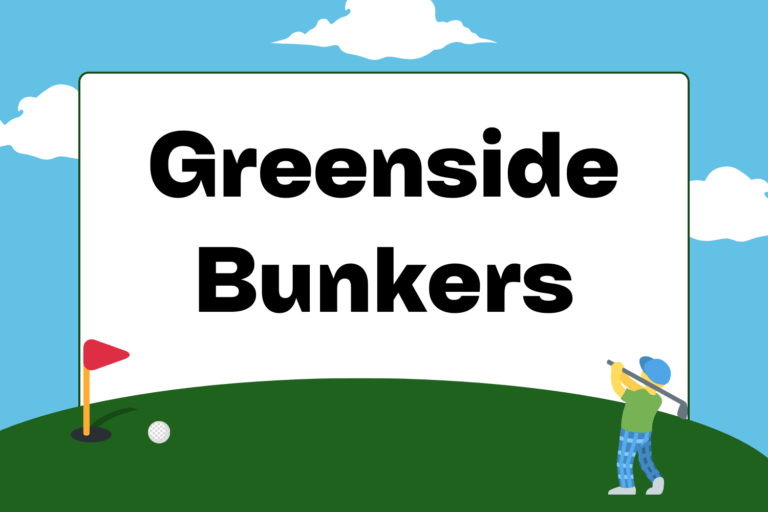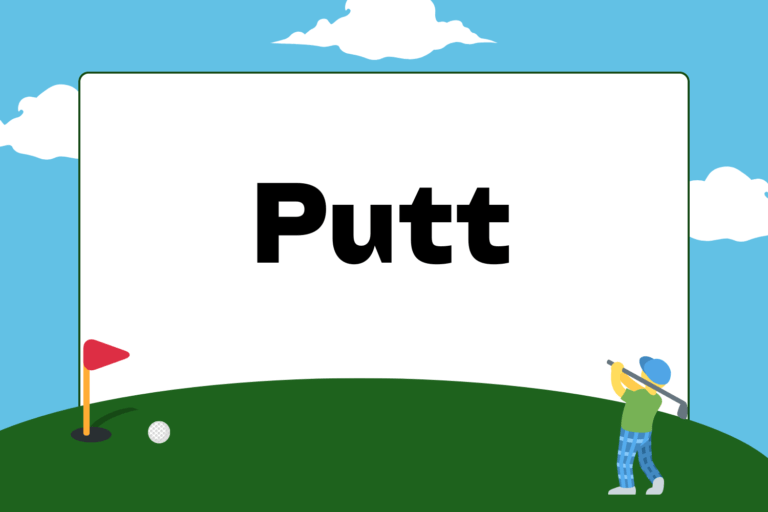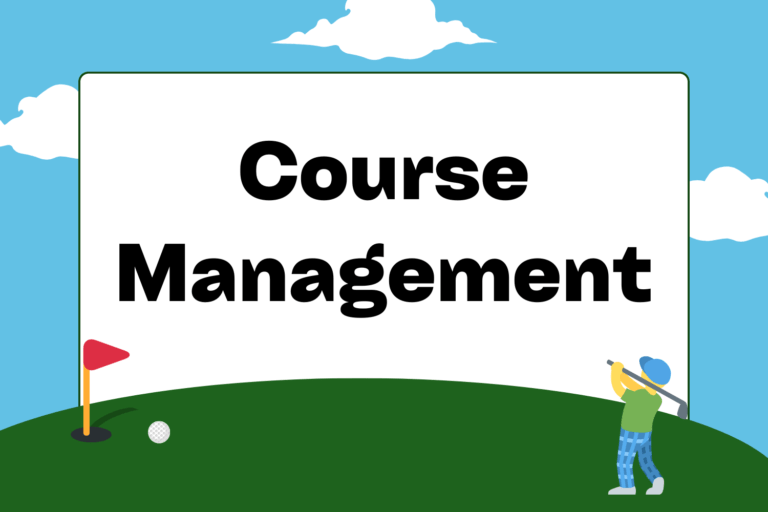Golf is frustrating. When you’re not playing well, sometimes it’s hard to keep things in perspective and remember that you’re out playing a game. The reason for that is simple: for many people, golf is not just a game. It’s something into which they invest countless hours of practice and dedication. So yeah, the frustration is justified.
But if you want to play your best golf, you’re going to have to learn how to manage that frustration. If you’re still thinking about that last putt that zoomed ten feet past the hole or that tee-shot that went so far out of bounds you didn’t even bother searching for it, there’s no way you can focus your best effort onto your current shot.
Staying positive, confident and focused on the golf course will not only help you score better, it’ll guarantee a more enjoyable couple of hours. Here are a few good strategies to help you keep your chin up, even when your putts won’t go down:
First Things First: The Range
The best way to remain confident and positive on the golf course is to begin confident and positive. Warming up on the driving range before a round is always a good idea, and while you’re out there loosening your muscles, you should be concentrating on one or two swing thoughts to keep with you for the rest of your day.
A good example: let’s say a golfer who tends to pull his short irons left hits the range before a round and decides, for the rest of the day, he is going to focus on keeping his head down through impact to help stop the pull.
Now, the key here is to focus on one or two swing thoughts all day long. Try focusing on any more, and you’ll turn your rhythmic, natural swing into an over-thought shanking machine. The other key is to be consistent. In our example, the golfer still might see some of his shots heading left, but the worst thing he could do is start tinkering with his plans midway through his round. Once he’s chosen his focal point for the day, he’d do best to stay on it.
The Shot at Hand
The most important mental skill a great golfer has is his or her ability to focus completely on the shot at hand. Sounds easy, but all too often, golfers are still wondering “What happened?” on their last flubbed shot, or cursing the universe for that really bad lie they’ve got.
And while thinking about the past is a huge distraction from the shot at hand, thinking too far ahead into the future is just as unhelpful. You might catch yourself thinking on the course, “If I can just par the next four holes, I can shoot my best score ever.” These kinds of projected goals are disturbances you don’t need.
The goal here is to stay in the present moment. Unless you’re as completely focused on the shot at hand as you can be, not only will you lose the ability to execute your shot—you’ll be unable to make the best decision even before you pull a club from your bag. You’ve already got a lot to think about when you’re choosing a club: a type of shot and a target; don’t burden yourself with more thoughts in other verb tenses, past or future.
Of course, those kinds of thoughts will pervade—you’re only human—but if you can really focus on the shot at hand and nothing else, you’ll see that the scores you want will be much more attainable.
Double Negative: It Ain’t Just Mental
Of course you want to have more fun on the course, and you want to feel less frustrated, but keeping a positive attitude during your round will not only help you mentally—you’ll swing better, too.
Getting down on yourself shows up in your body language, which has a much bigger influence on your swing than you might think. If your chin literally gets down, it gets a lot tougher to get your full shoulder rotation on your backswing. If your body tenses because you’re frustrated, nervous, or timid, there’s no way you can swing your natural, fluid swing at the ball.
And although your body language affects every part of your golf game, nothing is affected by negative thinking as much as the short game. This is the area of your game where you need to rely on feel and touch, and if you’re tensed up by negative thoughts or by being unfocused, you’re going to waste a lot of strokes on bad chips and putts.
Hot Tip: Loosen Your Grip
One big tendency for golfers who are experiencing frustration or nerves on the course is they grip the club extra tightly. They might not even be consciously doing it, but if you find yourself in a similar situation, take a minute to focus on how much pressure is in your hands. In all probability, you’ll discover that you could definitely loosen up—especially when you’re on or around the green, where feel is the top priority. Take a deep breath, loosen your grip, and you’ll see some of that touch coming back to your chips and putts.
Keeping Things in Perspective
So yes, there are incentives to keeping a good attitude on the golf course: you can focus to make better decisions, you can feel and swing better with a more relaxed body, and you’ll be able to score better than those times where you let your emotions get the best of you.
But forget the incentives. Keeping a positive attitude on the course is the best way to enjoy golf. Even if you’re not playing up to your standards, things could be worse than playing a game you love. Keeping things in perspective will make the game more enjoyable for your playing partners and for you. That’s not to say you should be emotionless during your round; it just means you should learn when to let negative thoughts fade, and learn how to re-focus on what you’re trying to do. If you learn to do that, you won’t only be better at the game of golf, you’ll enjoy it more, too.





